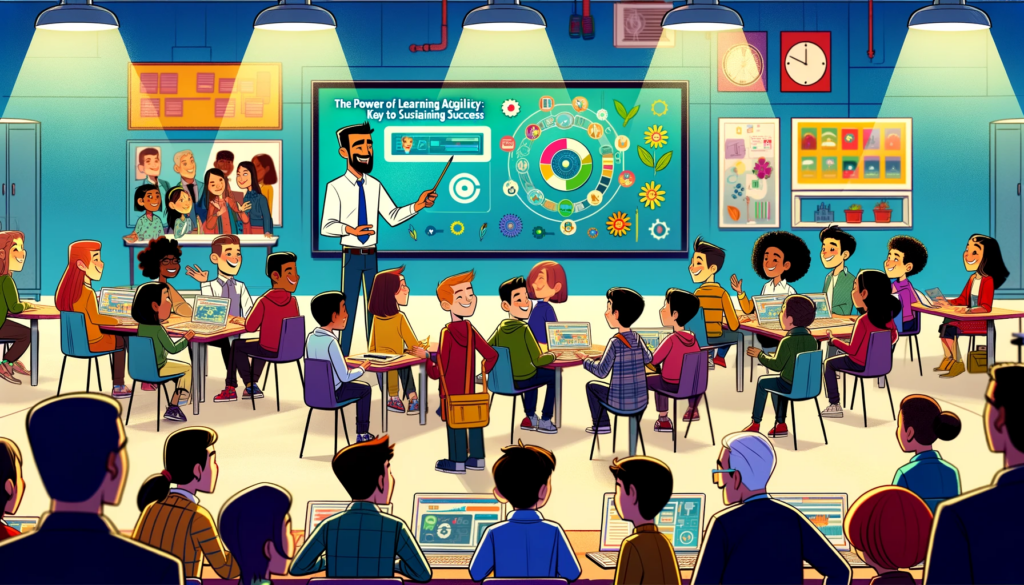
- Idea for Post taken from
- What is the Decoy Effect?
- How Does It Work?
- Real-World Examples
- Why Does the Decoy Effect Work?
- Conclusion
Imagine you are in an orchard, looking to pick apples. There are three baskets in front of you. The first has small but decent apples, the second has large, luscious apples, and the third has apples that are slightly bigger than the small ones but not as appealing as the large ones. Instinctively, you reach for the basket with the large apples. This simple act of choosing the best among the given options mirrors a common marketing strategy known as the “Decoy Effect”.
Idea for Post taken from
What is the Decoy Effect?
The Decoy Effect, also known as the Asymmetric Dominance Effect, is a psychological phenomenon where consumers’ preferences shift between two options when a third, strategically designed option is introduced. This third option is the decoy, which isn’t meant to be chosen but to make another option seem more attractive.
How Does It Work?
Just like the medium-sized apples in the orchard, the decoy is positioned to make one of the original choices more appealing. It leverages our natural tendency for comparison, skewing our perception and influencing our decision-making process.
Real-World Examples
Example 1: Subscription Models
A global media company once showcased three subscription plans: basic, standard, and premium. The basic plan was affordable but limited, the premium plan was expensive with full features, and the standard plan was moderately priced, offering slightly more than the basic but less than the premium. The standard plan acted as the decoy, leading many customers to choose the premium plan for its perceived better value.
Example 2: Electronic Gadgets
An electronics manufacturer offered three models of a gadget: entry-level, mid-range, and high-end. The entry-level was reasonably priced but basic, the high-end was expensive with all features, and the mid-range was closer in price to the high-end but not as feature-rich. The mid-range model, like a medium-sized apple among smaller and larger ones, served as the decoy, pushing customers towards the high-end model.
Why Does the Decoy Effect Work?
Our decision-making is often influenced by comparisons. The decoy serves as a benchmark, making the target choice seem more appealing. This psychological trick plays on our fear of missing out on a better deal, subtly implied by the presence of the decoy.
Conclusion
Recognizing the decoy effect can lead to more informed purchasing decisions. Just like choosing apples in an orchard, understanding your needs and budget is crucial. Be wary of decoys that might lead you away from what you actually need or can afford.










